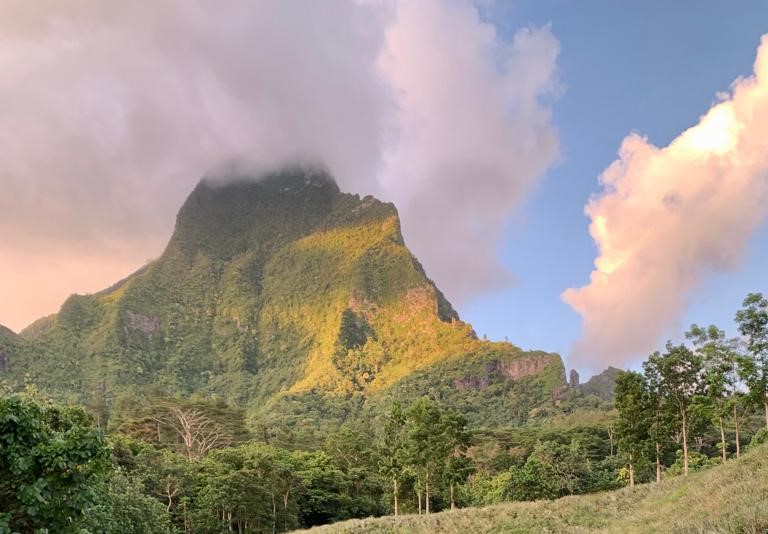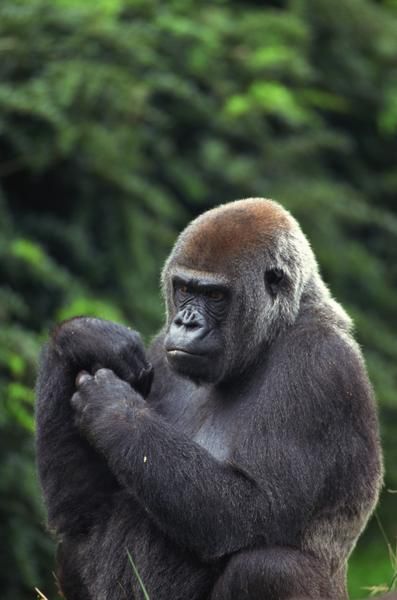“Once we have improved our breathing habits, we can use our breathing in a way called ‘still-point breathing to slow down both our mind and body, and move toward a state of meditative stillness”

Dear Integral Meditators,
I hope that those of you that are celebrating the Lunar New Year are having a great time!
This weeks article looks at three simple breathing methods to improve our overall habitual breathing, to use the breathing as a way of moving into stillness, and then finally how to access a special type of breathing called ‘pore breathing’.
If you enjoy the article then do consider joining us for the Monthly Qi Gong & Taoist Breathwork Clinic & Mini-retreat this Saturday morning, 28th January, where we will be working with techniques just such as these.
And final call for the Lunar New Year Meditation 2023: Developing your self-assurance & gracefulness in the year of the Water Rabbit this Tues & Weds evening, all welcome!
In the spirit of life & living,
Toby
Breathing through your skin
From bad breathing habits to good breathing habits
Many of us have bad breathing habits. If you do a little bit of superficial research on the web you can find basic information on this, some of the characteristics and consequences of this are:
- We breathe shallowly and through the mouth, only using the middle and upper sections of our lungs, which keeps our center of gravity high in the body and reduces the amount of oxygen intake per breath
- We neglect to use our lower lungs and diaphragm, which means we loose out on the massaging effect of the inhalation on the stomach and abdominal organs
- The effect of the above two breathing habits is that we keep our body locked in the ‘fight or flight’, ‘sympathetic’ mode of our nervous system, making us often stressed and uptight by habit
So, the first move with our breathing is to work towards better breathing habits. Some characteristics of good breathing includes:
- Breathe in through the nose, out through the mouth, or in thru the nose out through the nose
- Regularly aim to breathe 5-10% deeper and longer, to 65-70% of your lung capacity
- Start your inhalation by sending the air down to the bottom of your lungs, filling them from the bottom up. Notice movement of the belly when you do this.
- Make the pace of the inhale and exhale smoothly and even
You can find my full article here on Basic deeper breathing – How to and the benefits.
Still point: From good breathing habits to meditative breathing
Once we have improved our breathing habits, we can use our breathing in a way called ‘still-point breathing to slow down both our mind and body, and move toward a state of meditative stillness. Here is a simple description of the technique:
- As you follow your breathing, insert a short pause at the bottom of the exhalation before you start to inhale.
- Within this pause, observe that there is a natural point of balance and stillness.
- As you breathe, be aware of the point of balance and stillness within the pauses at the bottom of the breath. As you reach the bottom of the out-breath allow your mind to abide momentarily in stillness before you begin to inhale.
- Stay with this pattern of breathing for a while. Gradually allow the sense stillness in your mind and body to grow deeper with each round of breathing.
- You may find that your breathing starts to slow a little. Just let the pace of breathing follow its natural impulses, pausing only as long as is comfortable, without getting out of breath.
Pore breathing
At a certain point in the still point breathing, you will really start to notice the pace of your breathing slowing as the body moves deeper and deeper into relaxation. At this point you can then switch the emphasis from deeper and still point breathing to changing the physical breathing itself. You might find yourself taking only 3-4 breaths per minute, and those breaths are shallow and small. At this point your body will be starting to breathe through the pores of the skin quite naturally.
If you like you can enhance this process with a simple visualisation:
- Feel and imagine all the pores of your skin to be open and respiring gently with your inbreath and outbreath
- As you breathe in imagine the pores of the skin taking in fresh energy and oxygen from the surrounding air into your body
- As you breathe out feel your body releasing stagnant energy, stress and toxins through the pores of the body, like steam or smoke
This process can be gentle and need not be forced to feel effective and refreshing.
A simple ten-minute practice
If you started with three minutes of basic deep breathing, then did another three minutes of still-point breathing, then three minute of pore breathing, with a minute or two at the end just to relax and enjoy the effects this is a nice, simple way to get started here.
Related reading: Breathing like a baby – Six breathing meditations
© Toby Ouvry 2023, you are welcome to use or share this article, but please cite Toby as the source and include reference to his website www.tobyouvry.com. Image of Mou’aputa mountain, Moorea (Tahiti) by Natalie Seisser.
All upcoming classes and workshops at IMA:
Ongoing – Weekly Tuesday, Wednesday Online class schedule
Ongoing on Wednesday’s, 7.30-8.30pm – Wednesday Meditation for stress transformation and positive energy with Toby (Bukit Timah)
Ongoing on Tuesday evenings, 7.30-8.30pm – Tuesday Meditation for stress transformation and positive energy with Toby (East Coast)
Starts Tues 10th, Weds 11th January – Introduction to Integral Meditation & Mindfulness Practice – An eight-week course
Tues 24th & Weds 25th January – Lunar New Year Meditation 2023: Developing your self-assurance & gracefulness in the year of the Water Rabbit
Saturday January 28th, 9.30-11.30am – Monthly Qi Gong & Taoist Breathwork Clinic & Mini-retreat
Saturday 11th February, 9am-12.30pm – Wabi-Sabi mindfulness – The art of creative leadership and self-leadership workshop
Integral Meditation Asia
Online Courses * 1:1 Coaching * Books * Live Workshops * Corporate Mindfulness Training *Life-Coaching * Meditation Technology
 Dear Integral Meditators,
Dear Integral Meditators,












